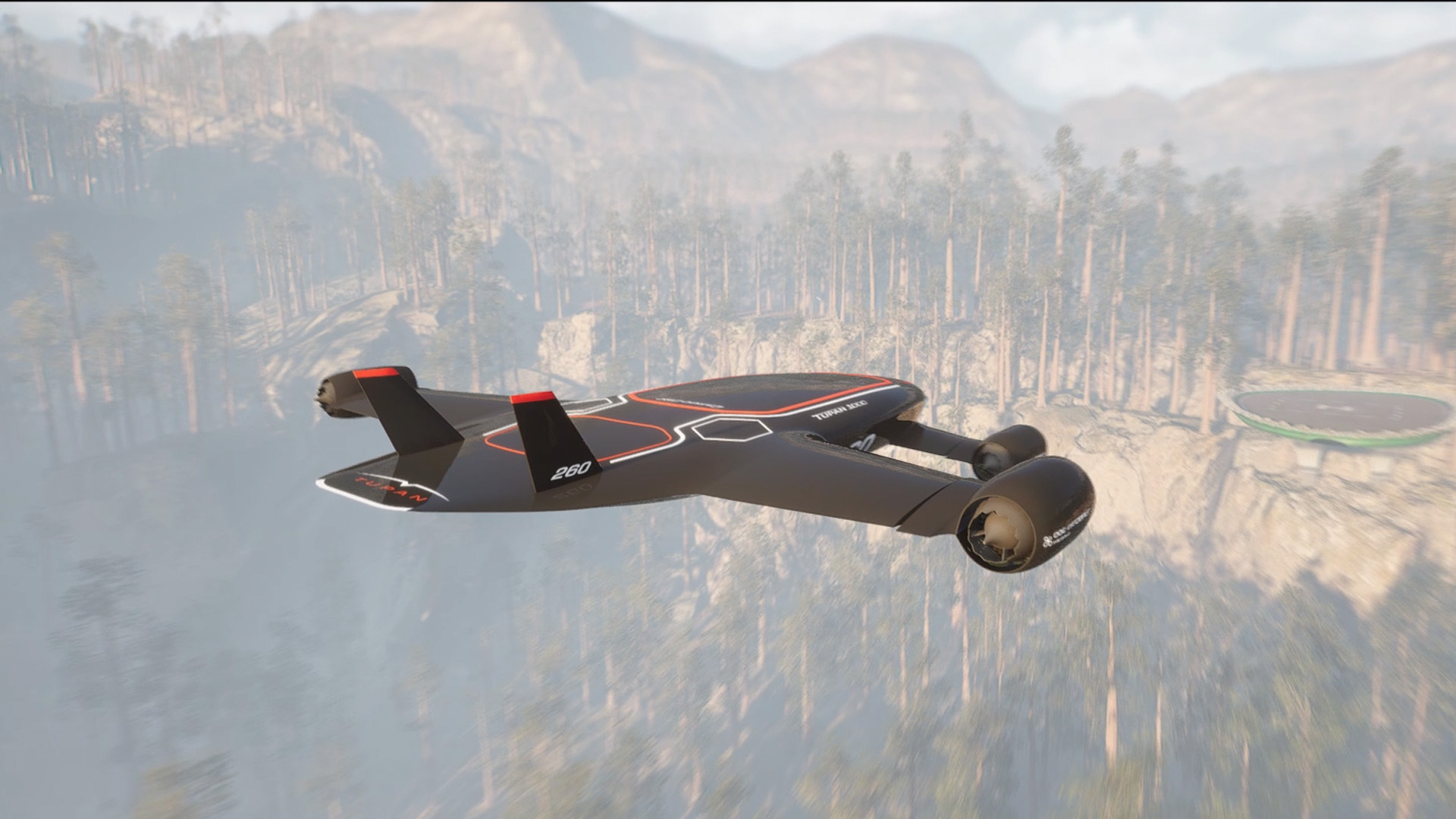In an increasingly interconnected world, security and monitoring have become a top priority for the protection of people, assets, and spaces. The rising incidence of criminal events and the need to prevent risky situations have driven the search for more effective technological solutions. However, this topic presents challenges and issues that require attention and adequate responses.
Shortage of Personnel and Human Resources
One of the current issues in security and monitoring is the shortage of trained personnel and human resources to carry out surveillance and rapid response tasks. The lack of specialized professionals and the high cost associated with their hiring and training hinder the efficient fulfillment of these fundamental duties.
Limitations of Traditional Infrastructure
Traditional security and monitoring infrastructure have limitations in terms of coverage and effectiveness. Fixed and static surveillance systems do not allow for a complete and real-time visualization of large areas, making it difficult to detect and prevent incidents early on. Additionally, dependence on wired networks imposes geographical restrictions and hinders adaptability to changing environments.
Slow Responses and Lack Of Agility
Another common problem in security and monitoring is the lack of agility in responding to emergency situations. Reaction times are often prolonged due to the need to mobilize teams and human resources to the scene. This limits the ability to quickly contain and resolve incidents, putting people’s safety at risk and compromising the effectiveness of implemented security measures.
Drones: The New Era of Monitoring and Security
In this context, drones have emerged as an innovative and efficient solution to address the challenges in security, monitoring, and surveillance. These unmanned aircraft offer a range of advantages that make them a powerful tool for this field, enhancing prevention measures and response to risk situations.
Benefits of Drones for Security and Monitoring
Drones provide a wide range of benefits in security and monitoring. They are equipped with cutting-edge technology, such as high-quality cameras capable of capturing sharp images and recording high-resolution videos. Additionally, many drones feature thermal capture and facial recognition systems, enabling the detection of anomalies and the identification of persons of interest. Thanks to their advanced obstacle avoidance systems and GPS communication, they can fly over extensive and hard-to-reach areas, such as forests, mountains, or densely populated urban zones, thoroughly monitoring and detecting suspicious activities in real-time. Their speed and agility allow them to quickly reach points of interest and provide up-to-date and accurate information to response teams, even in adverse conditions.
The Future of Drones In Security and Monitoring Operations
In summary, drones represent a promising solution in the field of security and monitoring. Their ability to overcome the limitations of traditional infrastructure, their versatility and agility, as well as their capacity to reduce operational costs, make them an indispensable tool in the protection of people and assets. The adoption of this technology in the realm of security and monitoring can drive significant improvements in the effectiveness and efficiency of operations, contributing to the creation of safer and more secure environments.


